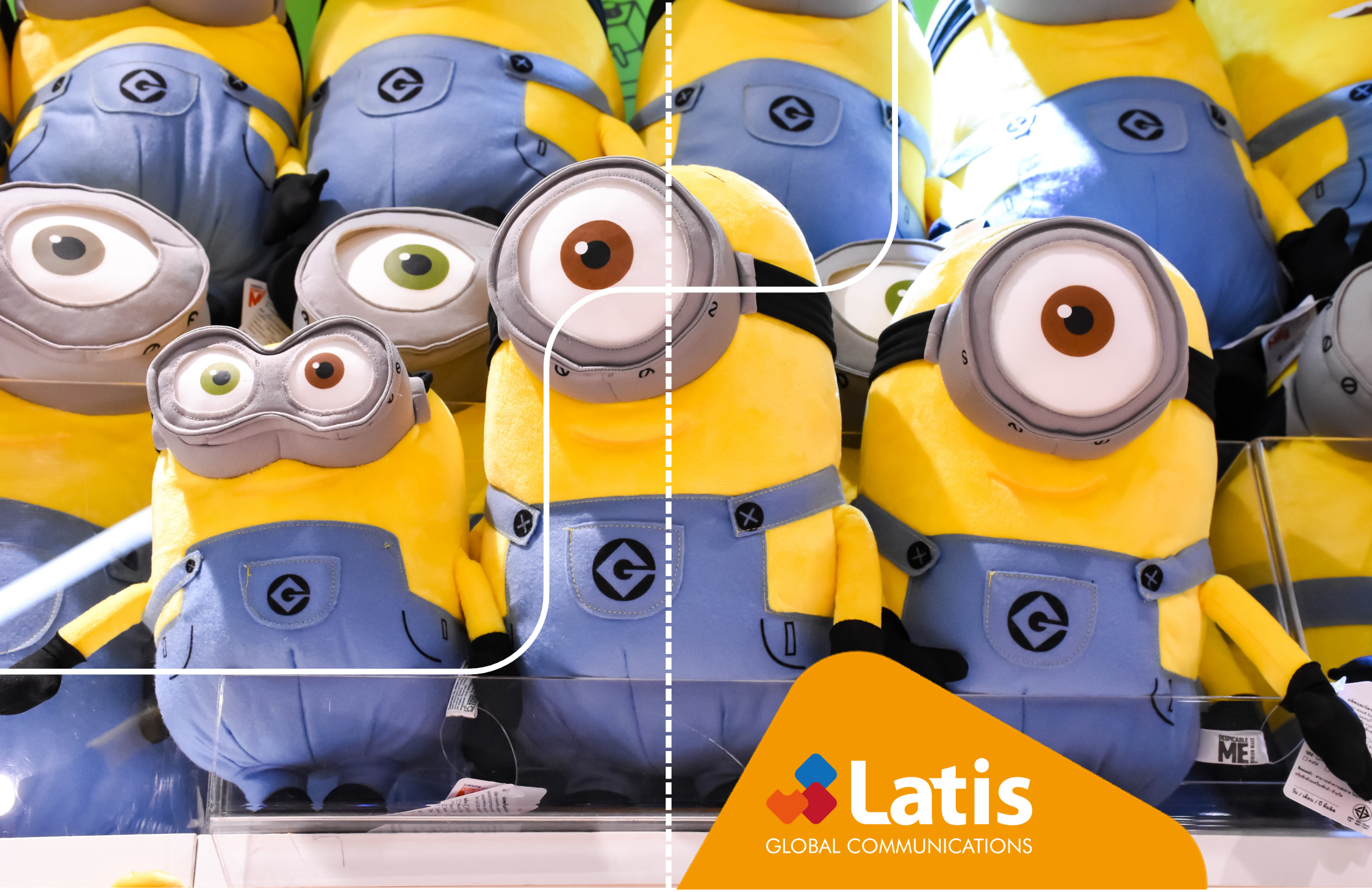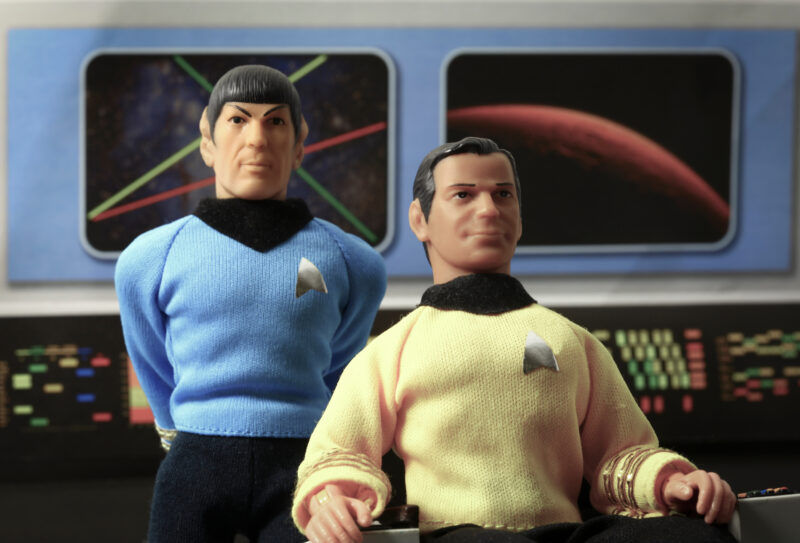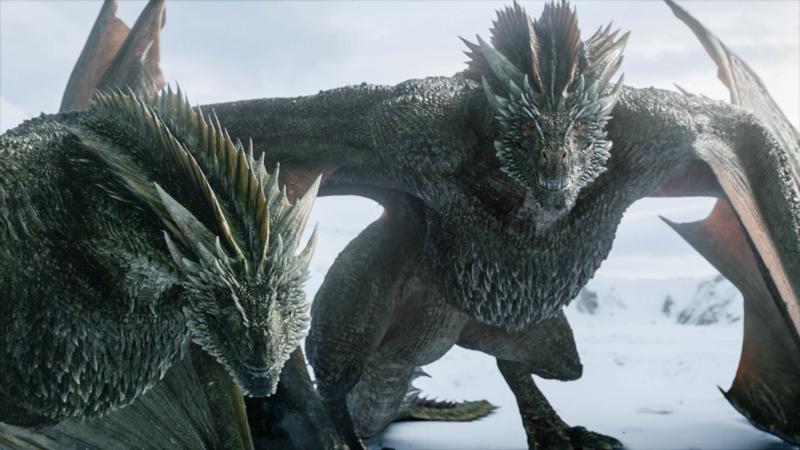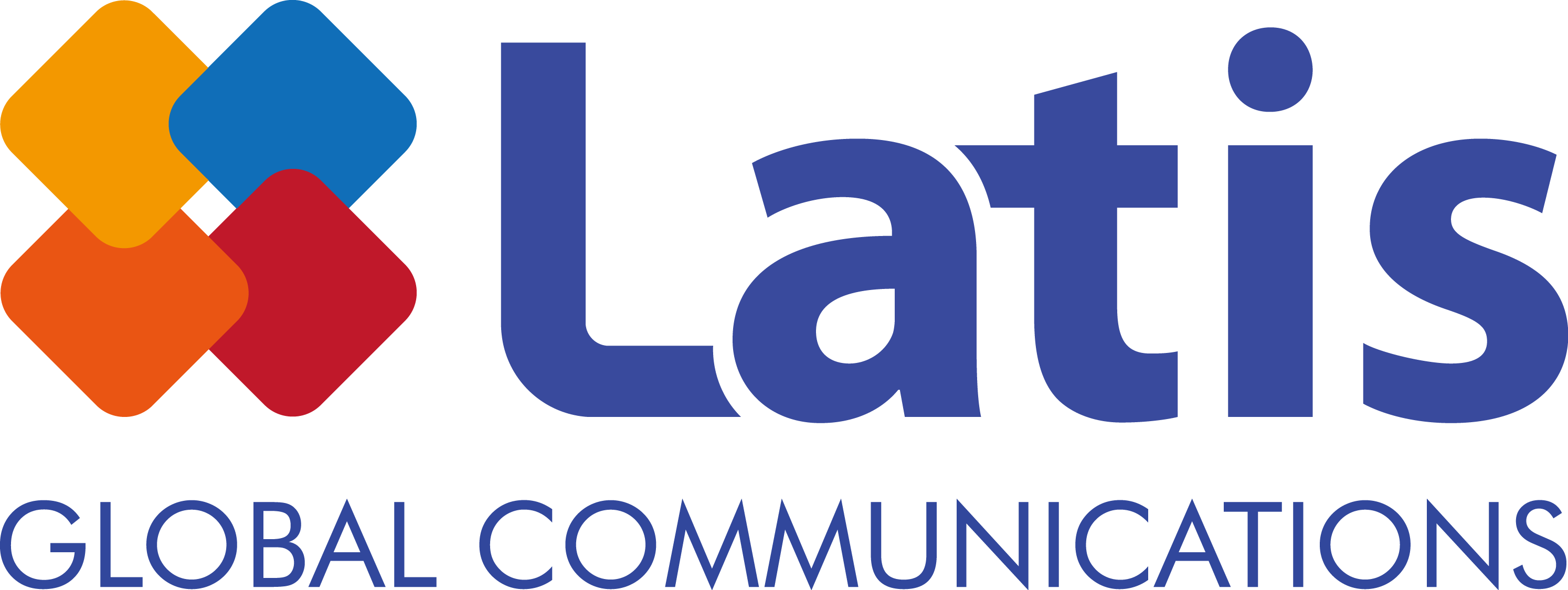
Languages Invented for Movies
Throughout history, humans have invented ways to communicate that fit the needs of the time. Based on this, for non-human races in movies (such as fantasy or alien races) there had to be made certain linguistic changes to differentiate them from humans, either by creating new languages or giving new meanings to words we already use.
It’s gotten to the point where new languages are invented only for movies, and actors are also expected to learn these, in the real world useless, languages. Hollywood has even gone so far as to hire professional linguists to work on these languages.

Here Are Some Well-Known Movie Languages:
1. Klingon – Klingon is an alien language featured in Star Trek. The Klingon language was originally only comprised of a few words written for the screen, but it since has been expanded by fans. Many people are even studying the language, and in 1999, there was enough interest that a website called “The Klingon Language Institute” was launched.
2. Dothraki – Game of Thrones features the fictional language called Dothraki. Author George R.R. Martin only created a few words in his novels, but when the show was adapted for TV, the producers asked renowned linguist David J. Peterson to create an entire language. Peterson created a new language, complete with grammar and common phrases, while the actors on the show played this new race.
3. Elvish – The most famous, complex, and fully formed elvish language in fantasy was created by linguist and writer J.R.R. Tolkien for The Lord of the Rings. There are more than 15 of them, including Eldarin, Telerin, Lemberin, Quenya, Sindarin (Grey-Elvish), and Goldogrin, and each language even reflects changes over time in the story.
4. Na’vi – The native language of the Na’vi people on the lush planet of Pandora – Na’vi – was created specifically for the Avatar franchise. In the 2009 blockbuster movie Avatar, director James Cameron wanted the language of the alien race of the Na’vi to be fully conceptualized and unique, and with the help of linguist Paul Frommer, a new language with an extensive vocabulary and grammar was born.

Let’s Look at The Fandom of the Minions’ Language
When Despicable Me hit the theaters in 2010, the star of the movie was not the protagonist Gru, but his yellow little henchmen – the Minions. The adorable banana buddies were so popular that a separate spin-off movie staring the Minions was released in 2015. Its sequel, “Minions: The Rise of Gru,” was released in 2022. Since then, the Minions have become one of the most popular characters in the ongoing movie franchise.
One of the cutest and most interesting features about the Minions is the language they speak – Minionese. But while there are times when the Minion language can be easy to understand, other times it seems impossible to decipher its meaning.
Ever Wonder What Kind of Language the Minions Speak?
Minions speak Minionese, sometimes also called “banana language”. It’s obviously not a real language, but rather a blend of several existing languages to make these adorable characters sound like they’re talking gibberish. If you listen closely to what the Minions say, you’ll actually notice something interesting. The languages spoken by the Minions include French, English, Spanish, Hindi, and Korean.

Minionese Expressions
Of course, some of the words the minions say are just nonsense. But you’ll also find more than a dozen real-life expressions borrowed form different languages:
- We love you – tulaliloo ti amo (Italian)
- Ice cream – gelato (Italian)
- I’m sorry – bi-do (Arabic)
- Cheers – kanpai! (Japanese)
- Wedding – la boda (Spanish)
- Is it ready? – pwede na? (Filipino)
- For you – para tu (Esperanto)
- Thank you – terimakasi (Indonesian)
- One, two, three – hana, dul, sae (Korean)
- Open sesame – poulet tiki masala (French)
- That’s all – et pis c’est tout (French)

Pierre Coffin, the creator of the Minions, has said in interviews that the language was based more on sounds and rhythms than on the literal meaning of words.
It’s actually a feature of many languages, especially Chinese and Southeast Asian languages, that the same word can have different meanings depending on the tone of voice. Even if the Minions sometimes say nonsense or use words that viewers don’t understand, the meaning is always clearly conveyed by the characters’ body language and tone of the voice. A good example for this is the word “poka”, which can mean “what”, “whatever”, or “screw it”, depending on the tone.

Why Moviegoers Love Fictional Languages
Some of the languages developed for TV or the big screen are so well structured, that the average person could actually learn them and have a fluent conversation in them.
Creating a fully implemented language that can be used by anyone from scratch is a colossal undertaking. It requires a thorough understanding of the following aspects:
- Acoustics (science of sound)
- Nuances in written and verbal communication
- Complex and multifaceted grammar systems
- In-depth linguist expertise, to tailor a language specifically to a character or movie race
In conclusion, the most sophisticated fictional languages all have complete grammar, syntax, and vocabulary, so they can be used in the same way as real-life languages.

